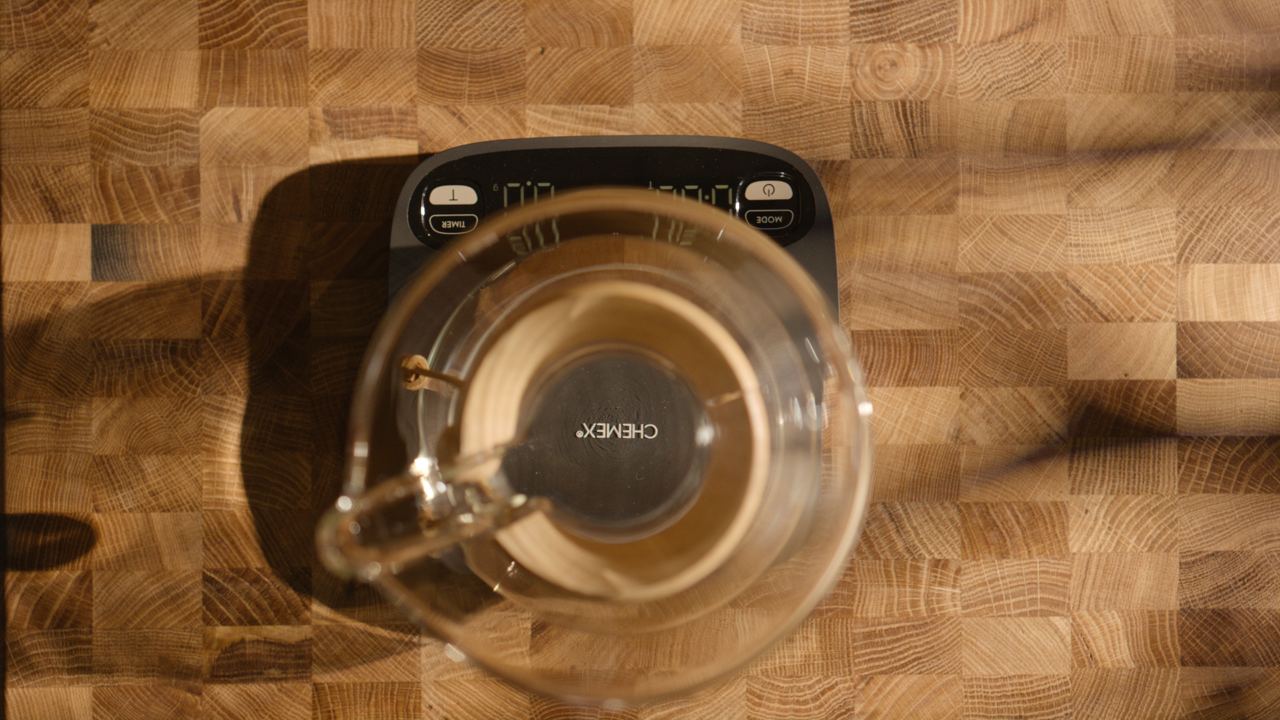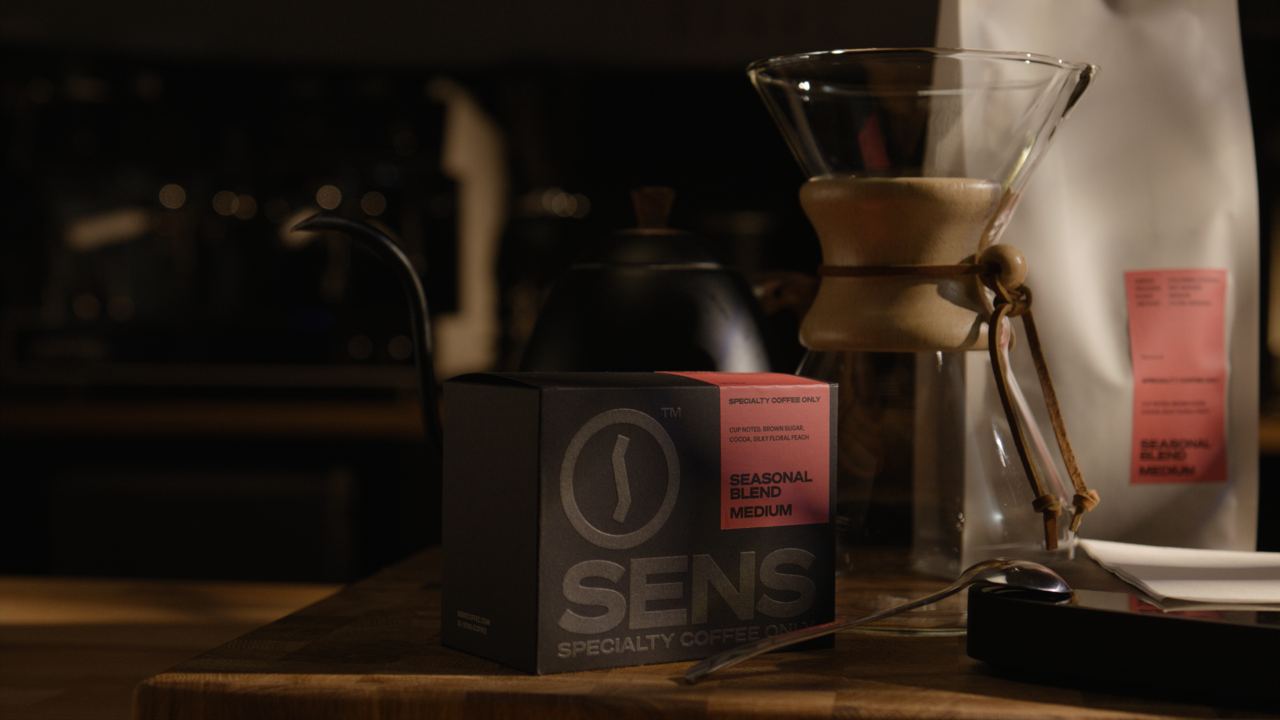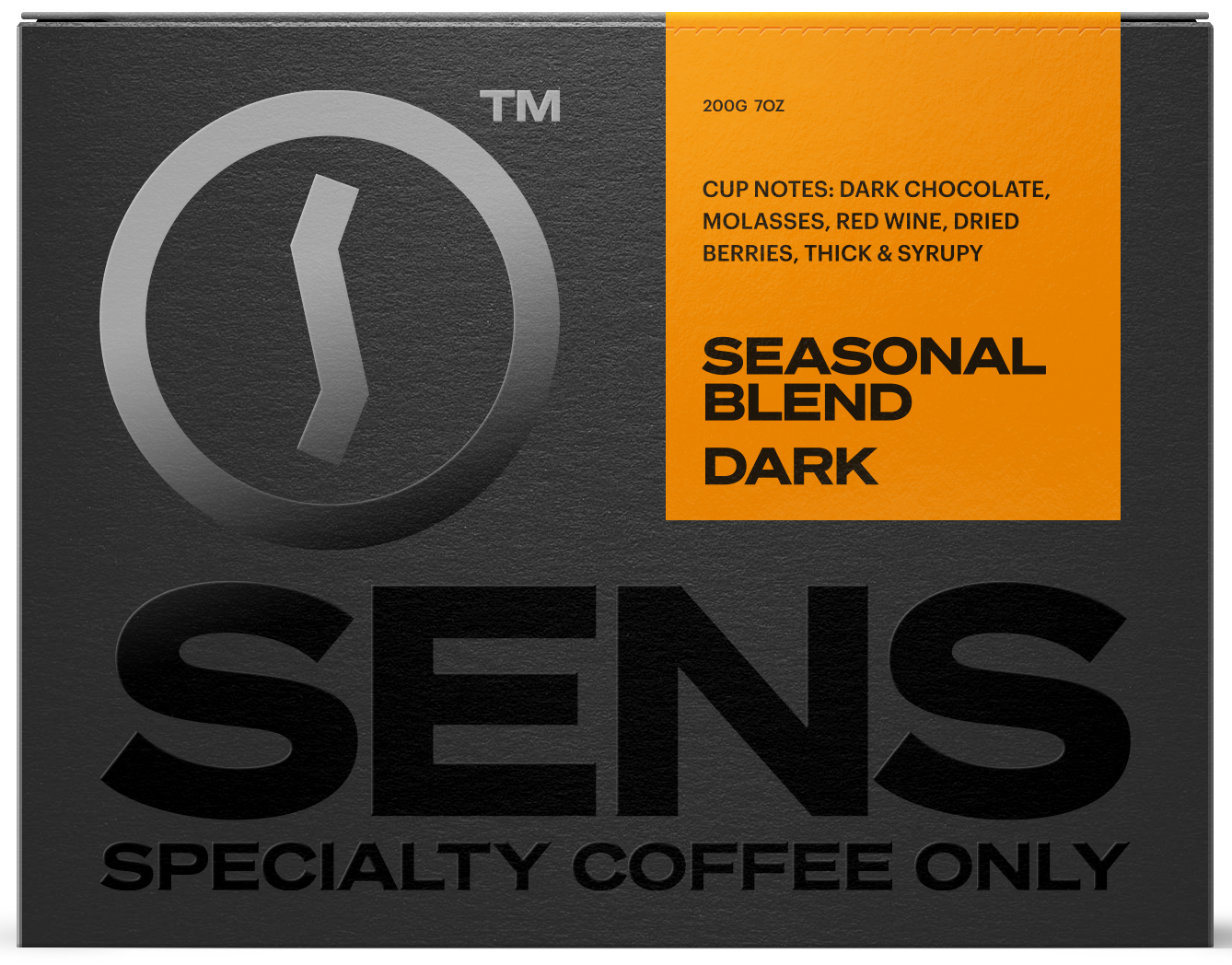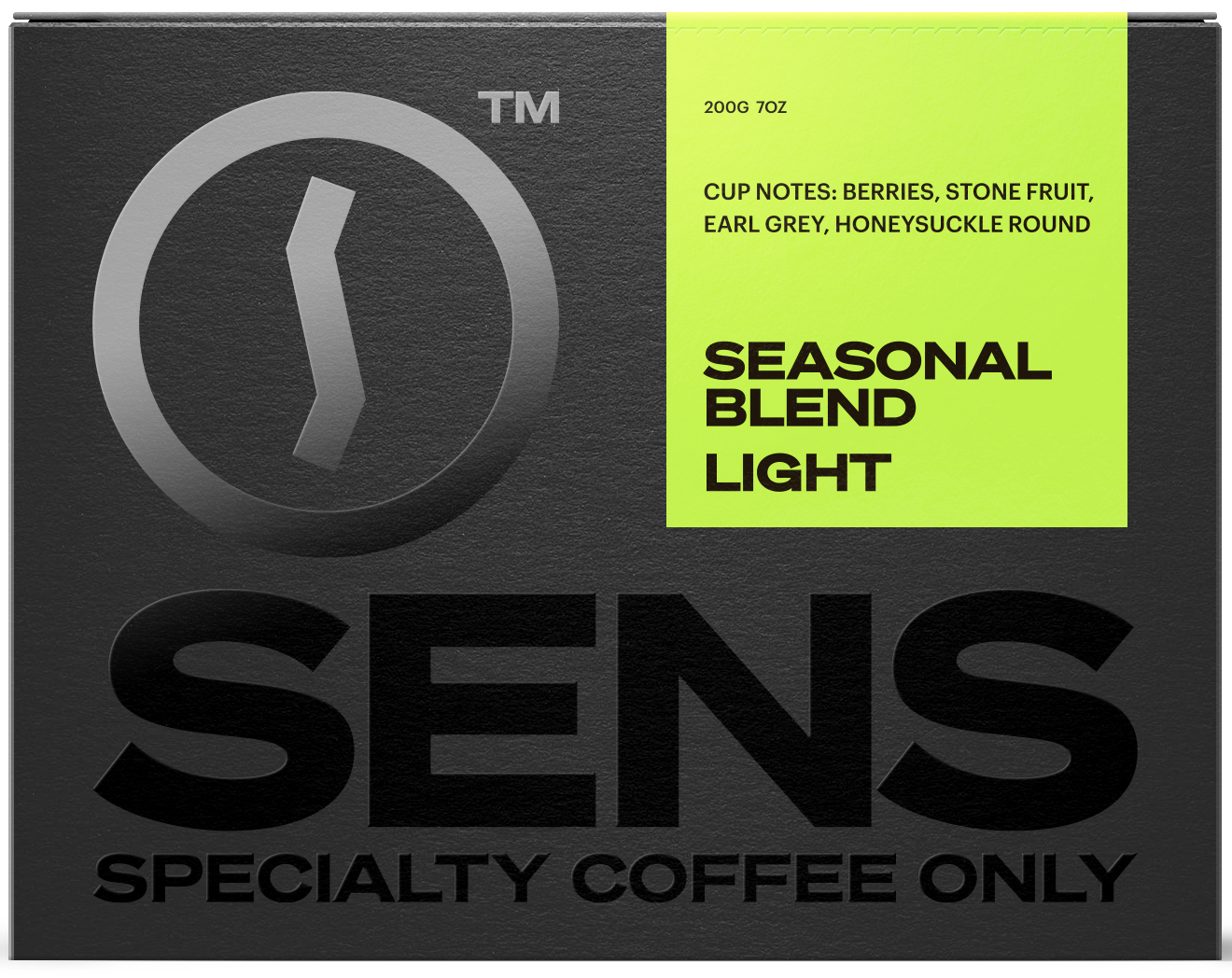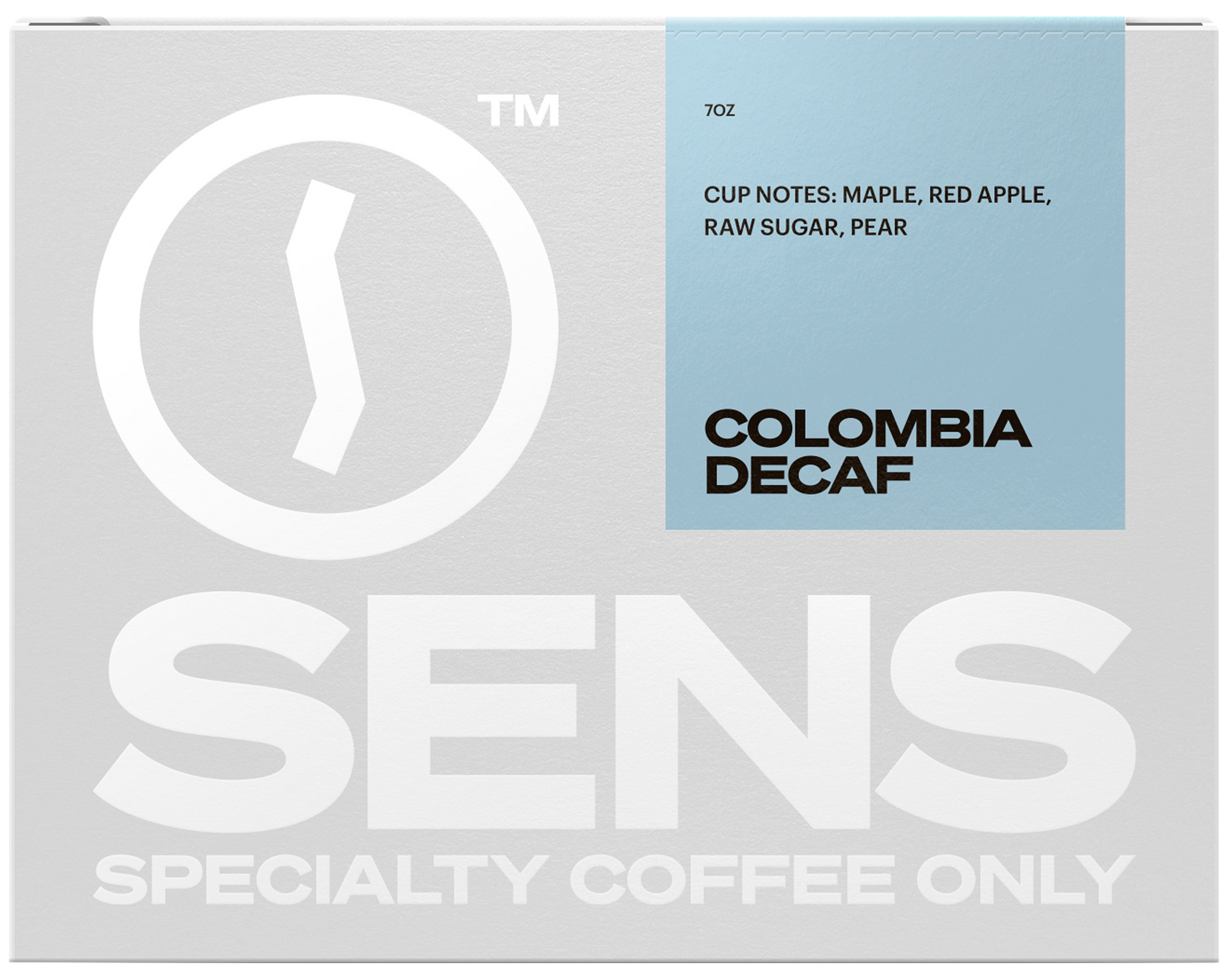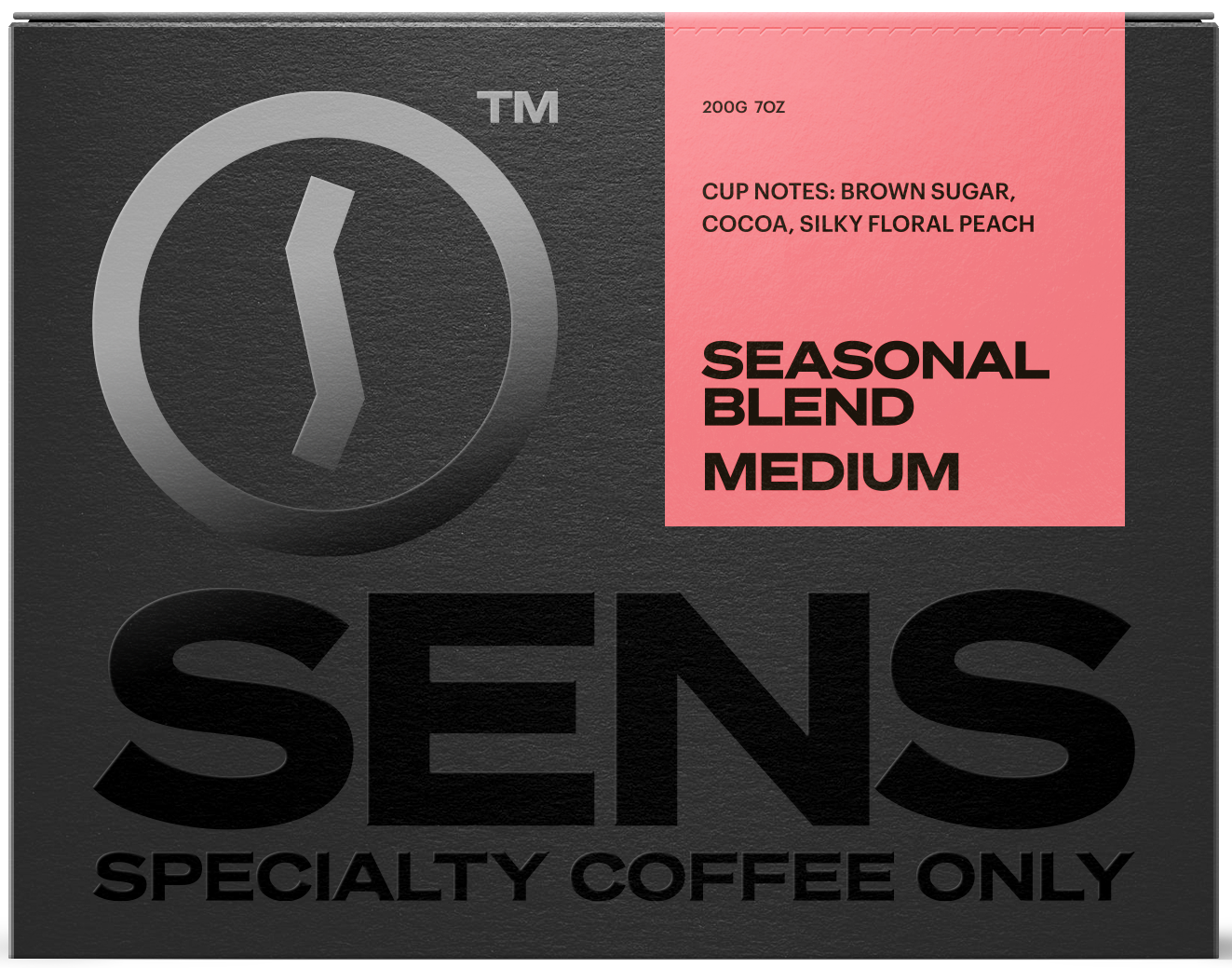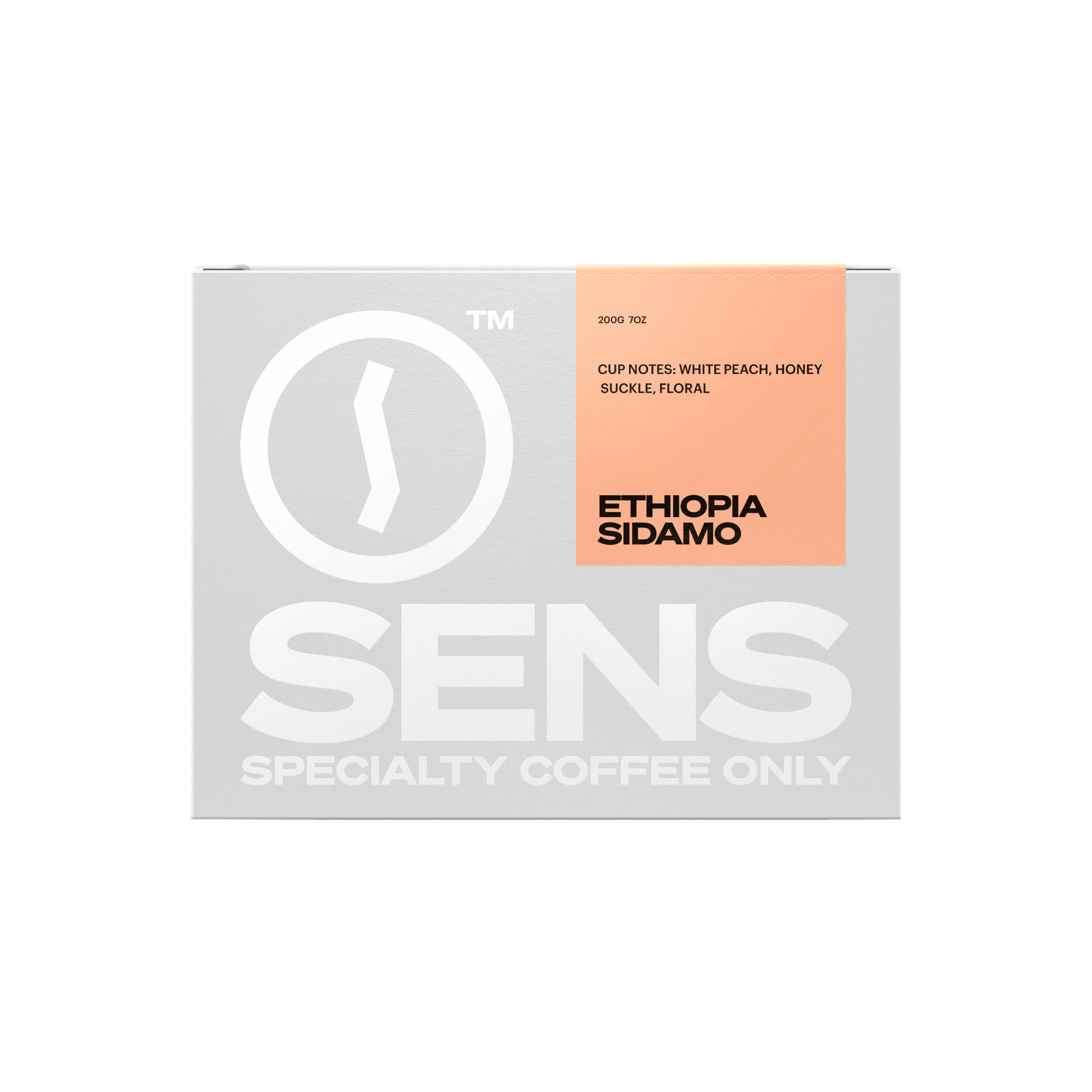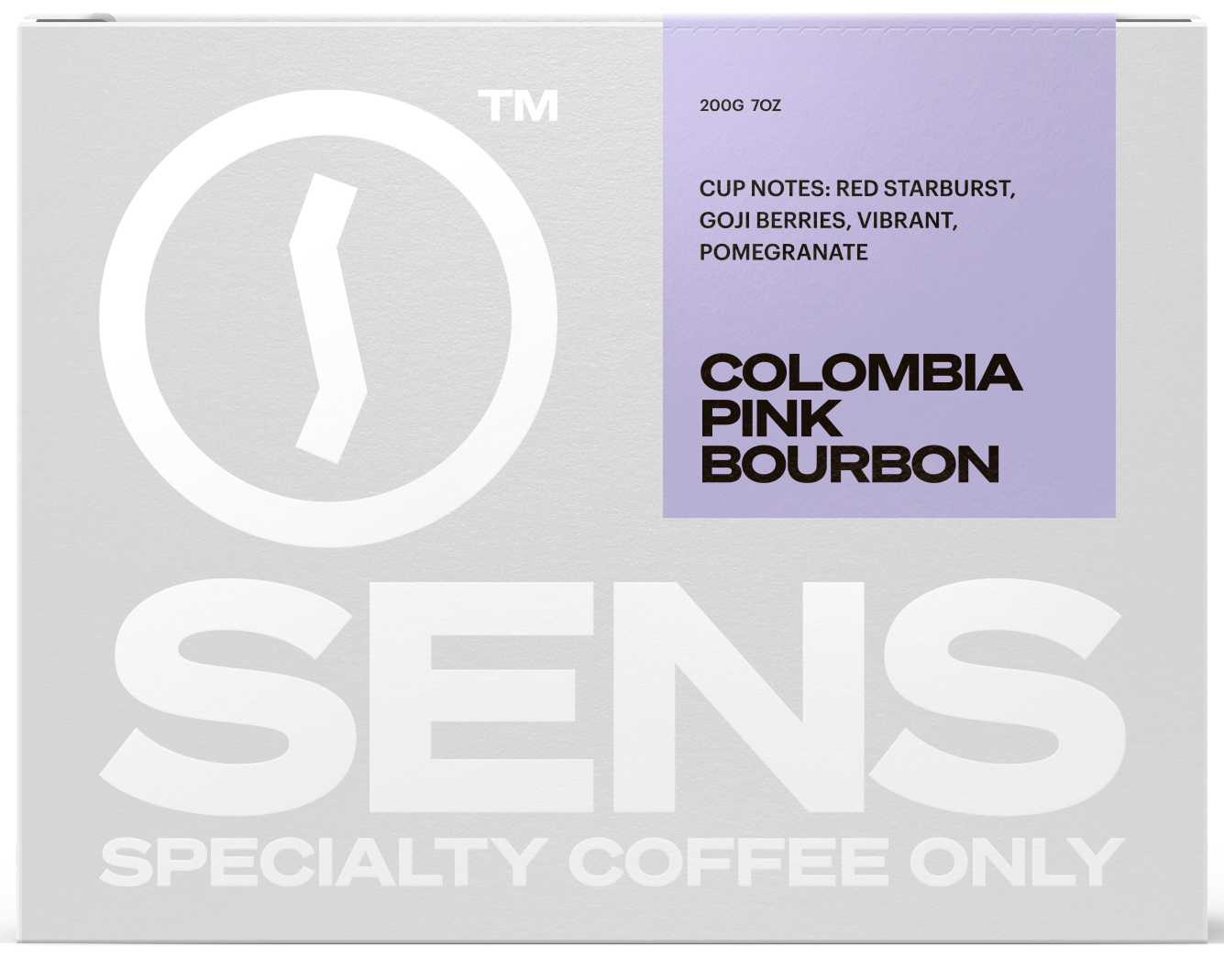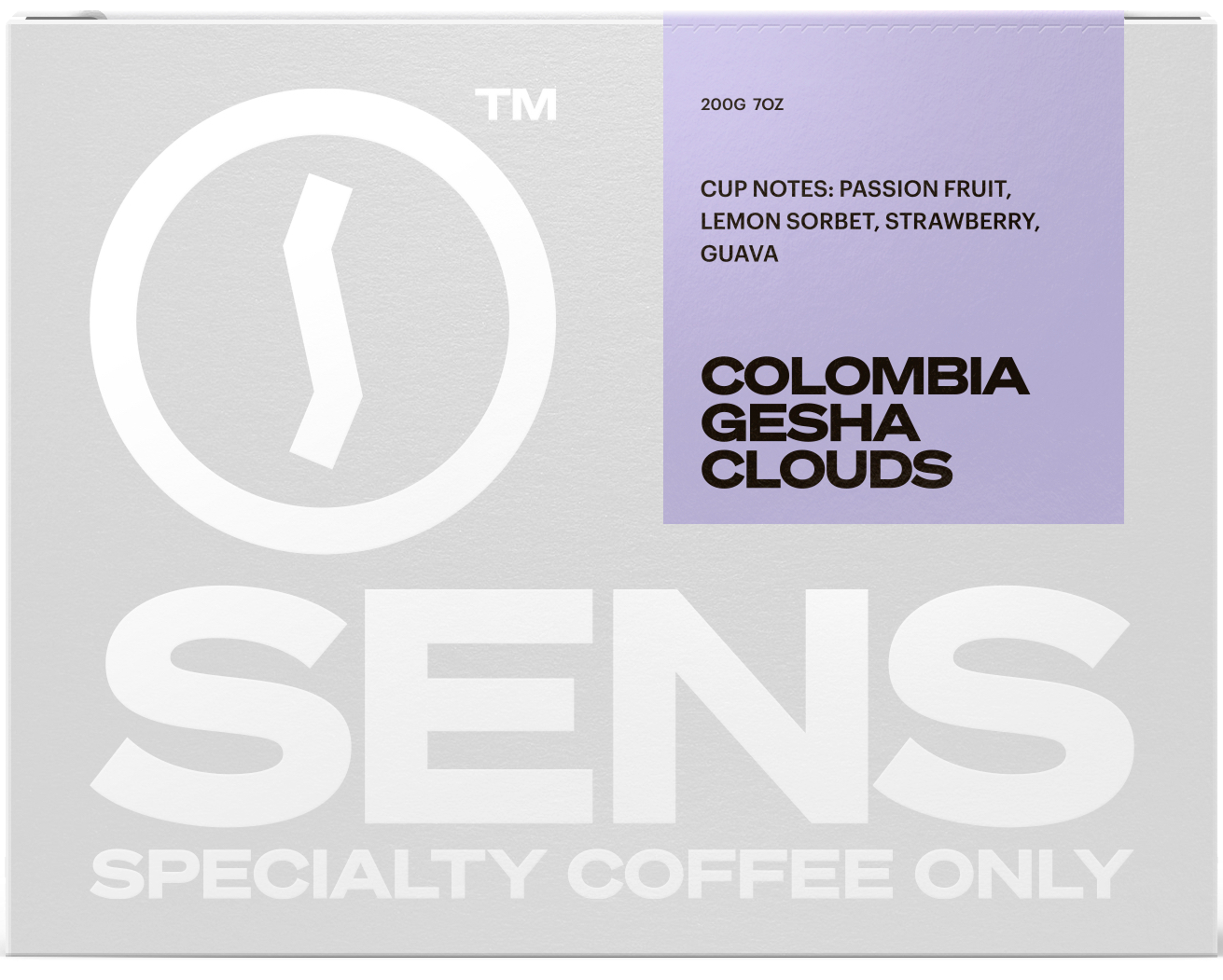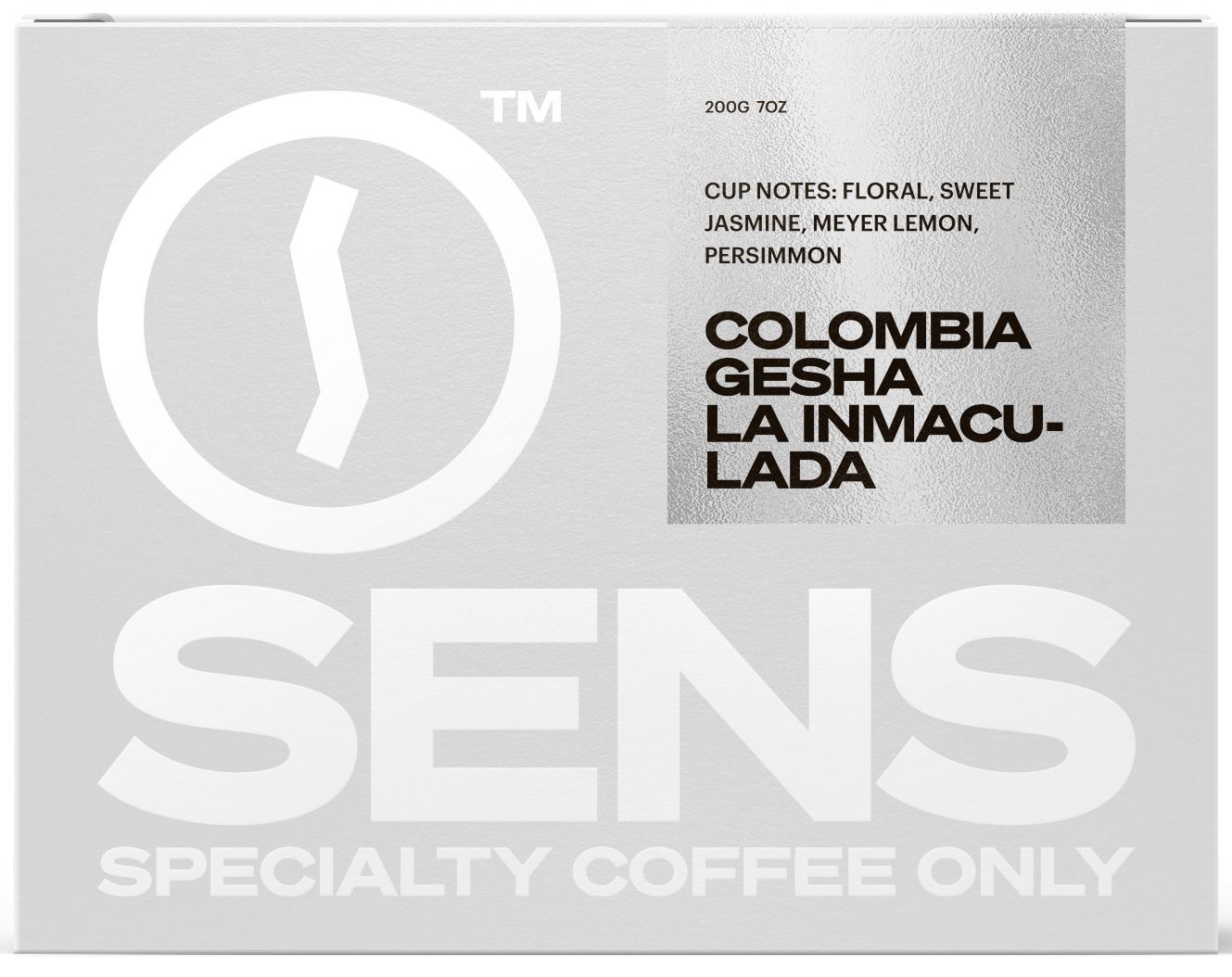January 1, 2025 London, UK
A morning cup of coffee is a daily ritual for many, offering a refreshing start to the day. While some individuals, such as children and pregnant women, should limit their caffeine intake, recent research suggests that moderate coffee consumption can positively influence gut health.
A new study published in *Nature Microbiology* examined the effects of regular coffee drinking on gut microbiota. The research analyzed over 70,000 habitual coffee drinkers from the United States, the United Kingdom, and other countries, using extensive databases of blood and stool samples. The findings revealed that coffee drinkers had significantly higher levels of *Lawsonibacter asaccharolyticus* in their intestines compared to non-coffee drinkers. This trend was observed across different populations, sparking curiosity among scientists.
The study found that individuals who regularly consumed coffee had up to eight times more *Lawsonibacter asaccharolyticus* in their gut than those who abstained. While the precise health benefits of this bacteria are still being investigated, researchers confirm that coffee consumption significantly alters intestinal flora. The presence of this bacterium is associated with improved metabolism, reduced inflammation, and enhanced antioxidant properties, all contributing to overall well-being.
The increasing global coffee consumption provided researchers with a unique opportunity to compare microbiome differences between coffee drinkers and non-drinkers. The study’s large-scale analysis included nearly 23,000 participants from the U.S. and the U.K., along with over 54,000 individuals from diverse generational groups worldwide. By examining fecal samples, the researchers identified clear variations in gut bacterial composition based on coffee consumption habits.
Previous studies have also linked coffee to gut health. Research from Switzerland observed that individuals who drank three cups of coffee daily for three weeks experienced an increase in beneficial *Bifidobacteria*. Subsequent studies confirmed that regular coffee drinkers tend to have a more diverse and healthier gut microbiome.
A 2019 study conducted by Baylor University, presented at The American College of Gastroenterology Annual Meeting, further reinforced these findings. Researchers analyzed 97 intestinal biopsies from 34 healthy individuals and concluded that those who consumed more than two cups of coffee per day had a higher abundance of beneficial gut bacteria. These individuals also exhibited stronger anti-inflammatory responses and lower levels of harmful bacteria.
Experts attribute coffee’s gut health benefits to its rich antioxidant content, including chlorogenic acid and polyphenols, which support the growth of beneficial bacteria. The collection of biopsy samples directly from intestinal mucus provided a comprehensive understanding of coffee’s impact on digestive tract microbiota. Additional studies suggest that coffee fosters an intestinal environment conducive to the proliferation of high-quality, health-promoting bacteria, enhancing digestion and even emotional well-being.
Dr. Astrid Nehlig, an honorary research director at the French Institut National de la Santé et de la Recherche Médicale, highlighted in the medical journal *Nutrients* that coffee consumption significantly influences gut microbiota composition. She noted that coffee promotes the presence of *Bifidobacterium*, which helps maintain bacterial balance and supports overall health.
Given these findings, incorporating coffee into your daily routine within a moderate range can be a beneficial addition to a healthy lifestyle. Enjoying a cup in the morning or afternoon not only enhances mental alertness and mood but may also contribute to better gut health. Whether you are already a coffee enthusiast or considering adding it to your diet, this research supports the idea that coffee can be a valuable part of a wellness-focused lifestyle.



